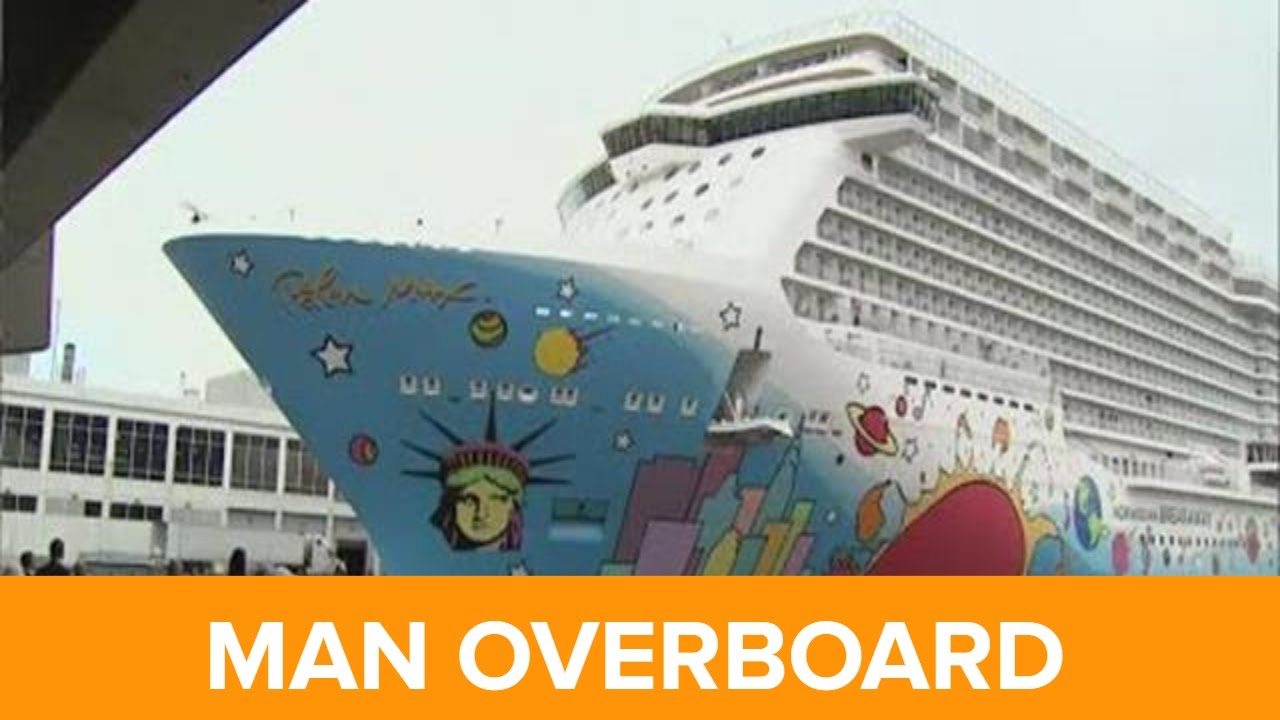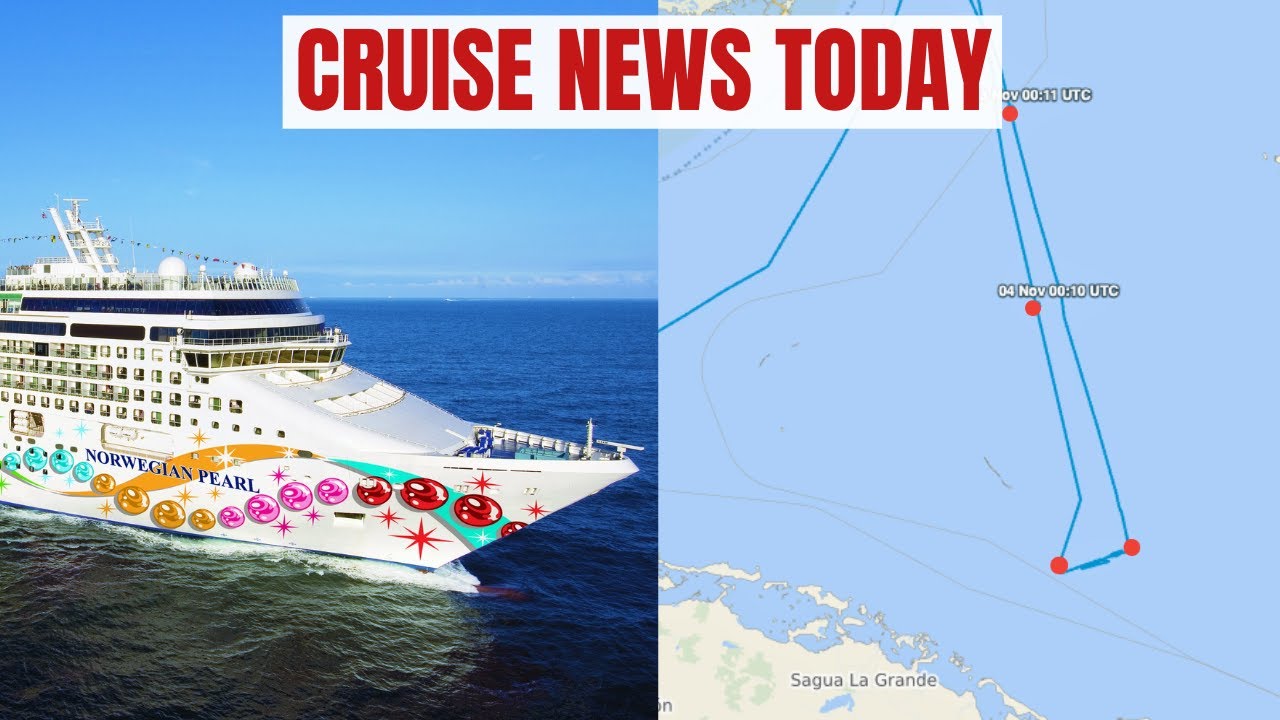Norwegian cruise ship man overboard incidents have raised concerns about passenger safety and the cruise industry’s response to such emergencies. This comprehensive guide delves into the causes, prevention measures, and legal implications surrounding these incidents, providing insights into the challenges and solutions in ensuring the well-being of passengers at sea.
Man overboard incidents on Norwegian Cruise Line ships have occurred with varying frequency and circumstances, highlighting the need for robust safety protocols and effective response mechanisms.
Overview of Norwegian Cruise Ship Man Overboard Incidents
Norwegian Cruise Line (NCL) has experienced a number of man overboard incidents over the years. These incidents have occurred in various locations and under different circumstances.
According to data from the Cruise Lines International Association (CLIA), there were 26 man overboard incidents on NCL ships between 2011 and 2020. Of these incidents, 12 resulted in fatalities.
Frequency of Incidents
The frequency of man overboard incidents on NCL ships has varied over the years. There were four incidents in 2011, five in 2012, and three in 2013. The number of incidents increased to six in 2014 and remained at that level in 2015.
There were three incidents in 2016, two in 2017, and one in 2018. There were no incidents in 2019, but there was one in 2020.
Locations of Incidents
Man overboard incidents on NCL ships have occurred in a variety of locations. The most common location is the Caribbean, where there have been 10 incidents. There have also been incidents in the Mediterranean (5), the Atlantic Ocean (4), the Pacific Ocean (3), and the Baltic Sea (2).
Circumstances of Incidents
The circumstances of man overboard incidents on NCL ships have varied. Some incidents have occurred while passengers were swimming, while others have occurred while passengers were on deck or in their cabins. There have also been incidents where passengers have fallen overboard while attempting to retrieve items that have fallen into the water.
Causes of Man Overboard Incidents
Man overboard incidents on Norwegian Cruise Line ships can result from a combination of factors, including passenger behavior, crew negligence, ship design, and weather conditions. These incidents can have tragic consequences, highlighting the importance of understanding and addressing the root causes to enhance safety measures.
Passenger behavior is a significant contributing factor to man overboard incidents. Intoxication, reckless behavior, and ignoring safety guidelines can increase the risk of falls or other accidents leading to a person going overboard. For example, in 2019, a passenger on a Norwegian Cruise Line ship fell overboard after reportedly consuming excessive alcohol and ignoring warnings not to climb over the ship’s railing.
Crew Negligence
Crew negligence can also play a role in man overboard incidents. Inadequate supervision, lack of proper training, and failure to follow safety protocols can create situations where passengers are at risk. For instance, in 2018, a crew member on a Norwegian Cruise Line ship was found negligent after failing to properly secure a passenger who subsequently fell overboard.
Ship Design
The design of the ship can influence the likelihood of man overboard incidents. Ships with open decks, low railings, or inadequate lighting can increase the risk of falls or other accidents. For example, in 2017, a passenger on a Norwegian Cruise Line ship fell overboard from an open deck due to a lack of proper railings.
Weather Conditions, Norwegian cruise ship man overboard
Weather conditions can also contribute to man overboard incidents. High winds, rough seas, and reduced visibility can make it difficult for passengers to maintain their balance or see potential hazards. For instance, in 2016, a passenger on a Norwegian Cruise Line ship was swept overboard by a large wave during a storm.
Prevention Measures: Norwegian Cruise Ship Man Overboard
Norwegian Cruise Line has implemented various measures to prevent man overboard incidents, including:
- Enhanced Surveillance:The company has increased surveillance measures using cameras, radar, and other technologies to monitor passengers and crew members in areas prone to falls overboard.
- Improved Safety Barriers:Norwegian Cruise Line has installed higher railings and netting along balconies, decks, and other areas to prevent accidental falls.
- Passenger Education:The company provides safety briefings and educational materials to passengers, emphasizing the importance of staying within designated areas and avoiding risky behavior.
- Crew Training:Crew members receive comprehensive training on man overboard procedures, including search and rescue techniques.
- Technology Enhancements:Norwegian Cruise Line has invested in wearable devices that can track passenger movements and send alerts if someone falls overboard.
Effectiveness and Areas for Improvement
These measures have been effective in reducing the number of man overboard incidents on Norwegian Cruise Line ships. However, there is always room for improvement. One area that could be enhanced is the use of technology to detect and prevent falls overboard.
For example, the company could explore the use of AI-powered surveillance systems that can identify potential hazards and alert crew members in real-time.
Recommendations for Further Enhancement
To further enhance prevention efforts, Norwegian Cruise Line should consider the following recommendations:
- Regular Safety Audits:Conduct regular safety audits to identify and address potential hazards that could lead to man overboard incidents.
- Collaboration with Industry Experts:Collaborate with other cruise lines and industry experts to share best practices and develop innovative prevention measures.
- Continuous Crew Training:Provide ongoing training to crew members on man overboard procedures and emergency response protocols.
- Passenger Awareness Campaigns:Launch public awareness campaigns to educate passengers about the risks of man overboard incidents and promote responsible behavior.
Response and Rescue Procedures
Norwegian Cruise Line has established comprehensive response and rescue procedures to manage man overboard incidents effectively. Upon receiving a report of a person overboard, the following actions are initiated:
- Immediate activation of the ship’s emergency response team.
- Deployment of lifeboats and rescue swimmers to the estimated location.
- Initiation of a search and rescue operation involving multiple vessels and aircraft, if necessary.
Roles and Responsibilities
During a man overboard incident, crew members and passengers have specific roles and responsibilities:
- Crew Members:Responsible for initiating the emergency response, deploying rescue resources, and coordinating the search and rescue operation.
- Passengers:Expected to remain calm, follow crew instructions, and assist in the search effort if possible.
Evaluation and Improvements
Norwegian Cruise Line’s response and rescue procedures have been generally effective in managing man overboard incidents. However, continuous evaluation and improvement are crucial to enhance efficiency:
- Improved communication systems:Enhanced communication systems can facilitate faster and more efficient coordination between crew members and rescue teams.
- Advanced search and rescue technologies:Employing advanced technologies, such as thermal imaging cameras and underwater drones, can improve the chances of locating and rescuing victims.
- Regular training and drills:Conducting regular training exercises and drills ensures that crew members are well-prepared and proficient in responding to man overboard incidents.
Legal and Liability Issues
Man overboard incidents on Norwegian Cruise Line ships can have significant legal and liability implications for the cruise line, passengers, and crew members.The cruise line has a duty of care to its passengers, which includes taking reasonable steps to prevent man overboard incidents and to respond appropriately if one occurs.
This duty of care is based on maritime law and the terms of the cruise contract.If a passenger falls overboard and is injured or killed, the cruise line may be held liable for negligence. Negligence is a legal concept that means that a person or organization failed to take reasonable care to prevent harm to others.
In order to prove negligence, the plaintiff must show that the cruise line:* Owed the passenger a duty of care
- Breached that duty of care
- The breach of duty caused the passenger’s injuries or death
- The passenger suffered damages as a result of their injuries or death
The cruise line may also be held liable for breach of contract if it fails to fulfill its obligations to the passenger under the cruise contract. For example, if the cruise line fails to provide adequate safety measures or to respond appropriately to a man overboard incident, it may be held liable for breach of contract.Passengers also have a duty to take reasonable care for their own safety.
This includes following the cruise line’s safety instructions and avoiding risky behavior. If a passenger’s own negligence contributes to a man overboard incident, the cruise line’s liability may be reduced or eliminated.Crew members also have a duty to take reasonable care for the safety of the passengers.
This includes keeping a lookout for passengers who may be at risk of falling overboard, responding promptly to man overboard incidents, and providing medical assistance to injured passengers. If a crew member’s negligence contributes to a man overboard incident, the cruise line may be held liable.
Case Studies
There have been a number of legal disputes related to man overboard incidents on Norwegian Cruise Line ships. In one case, a passenger fell overboard from a Norwegian Cruise Line ship and drowned. The passenger’s family sued the cruise line, alleging that it was negligent in failing to prevent the passenger from falling overboard and in failing to respond appropriately to the incident.
The cruise line settled the case for an undisclosed amount.In another case, a passenger fell overboard from a Norwegian Cruise Line ship and was rescued by the crew. The passenger sued the cruise line, alleging that it was negligent in failing to prevent the passenger from falling overboard.
The cruise line argued that the passenger was contributorily negligent because he was intoxicated at the time of the incident. The jury found that the cruise line was 60% liable for the passenger’s injuries and the passenger was 40% liable.
Impact on Passengers and Crew
Man overboard incidents on Norwegian Cruise Line ships can have a profound psychological and emotional impact on both passengers and crew members. These incidents can trigger feelings of shock, grief, anxiety, and guilt, and can lead to long-term psychological distress.
Norwegian Cruise Line recognizes the importance of providing support and counseling services to those affected by man overboard incidents. The company offers a range of services, including:
- Immediate crisis counseling
- Long-term therapy
- Support groups
- Financial assistance
These services are designed to help passengers and crew members cope with the trauma of these incidents and to rebuild their lives.
Mitigation of Negative Effects
There are a number of ways to mitigate the negative effects of man overboard incidents. These include:
- Providing timely and accurate information to passengers and crew members
- Offering support and counseling services
- Educating passengers and crew members about the risks of man overboard incidents
- Implementing safety measures to prevent these incidents from occurring
By taking these steps, Norwegian Cruise Line can help to reduce the psychological and emotional impact of man overboard incidents on passengers and crew members.
Media Coverage and Public Perception
Man overboard incidents on Norwegian Cruise Line ships have garnered significant media attention, shaping public perception of the cruise line’s safety measures and overall reputation.
The media’s coverage of these incidents often focuses on the dramatic and emotional aspects, highlighting the tragic loss of life and the distress of family members. This coverage can have a profound impact on the cruise line’s image, leading to concerns about safety and reliability.
Strategies for Managing Media Attention
To mitigate the negative impact of media coverage, Norwegian Cruise Line has implemented strategies to manage media attention and communicate with the public effectively.
- Establish a dedicated media relations team:This team is responsible for responding to media inquiries, providing accurate information, and controlling the flow of information to the public.
- Develop a crisis communication plan:This plan Artikels the steps to be taken in the event of a man overboard incident, including communication protocols and designated spokespersons.
- Monitor media coverage:The cruise line monitors media coverage to track the narrative and identify any misinformation or inaccuracies that need to be addressed.
Concluding Remarks
Addressing man overboard incidents requires a multifaceted approach that encompasses prevention, response, and legal considerations. Norwegian Cruise Line has implemented measures to mitigate risks, but ongoing efforts are necessary to enhance safety and minimize the occurrence of such incidents. By understanding the causes, implementing effective prevention strategies, and refining response procedures, the cruise industry can work towards ensuring a safer and more enjoyable experience for passengers.
Commonly Asked Questions
What are the most common causes of man overboard incidents on Norwegian Cruise Line ships?
Passenger behavior, such as alcohol consumption and reckless actions, is a significant contributing factor. Crew negligence, inadequate ship design, and adverse weather conditions also play a role.
What measures has Norwegian Cruise Line implemented to prevent man overboard incidents?
The cruise line has installed safety barriers, increased surveillance, and implemented stricter alcohol policies. They also provide safety briefings and conduct regular drills to educate passengers about prevention measures.
What are the legal implications of man overboard incidents on Norwegian Cruise Line ships?
The cruise line has a duty of care to ensure passenger safety. In cases of negligence or inadequate safety measures, passengers may seek legal action for compensation and damages.



